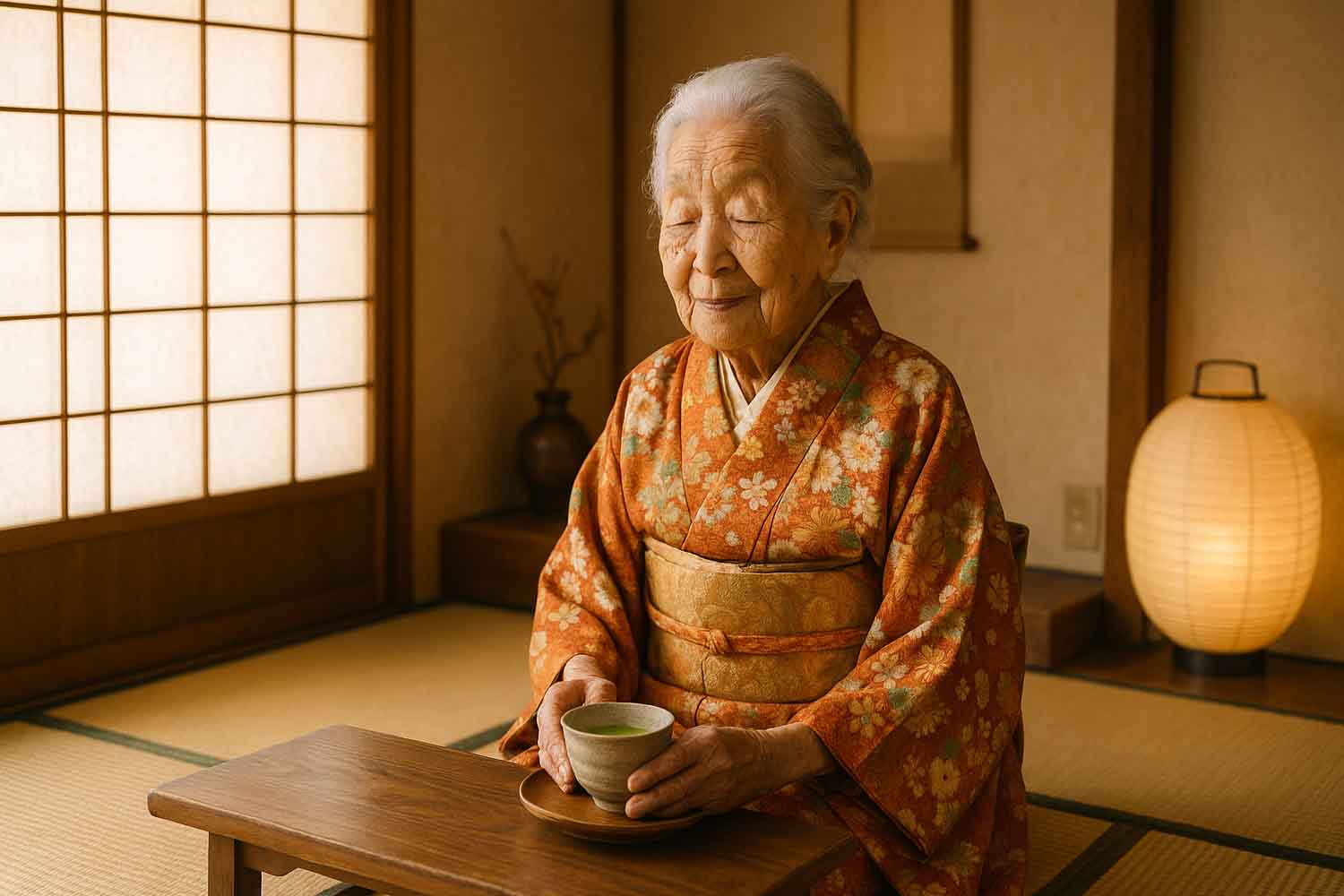Japan now counts over 95,000 centenarians, led by women and driven by lifestyle, healthcare, and community. It offers a global model of graceful, healthy aging.

As of September 1, 2024, Japan is home to over 95,000 people aged 100 or older, according to official data released by the Ministry of Health and reported by outlets such as Kyodo News. This marks the 54th consecutive year that the number of centenarians has grown—a trend that seems almost as enduring as the individuals themselves.
To be precise, there are now 95,119 centenarians living in Japan, an increase of 2,980 compared to 2023. It’s a figure that once might have seemed extraordinary, even miraculous, but in today’s Japan, it’s part of a demographic reality that continues to both inspire and challenge.
Women lead the way in longevity
Among this venerable group, women are, quite literally, the overwhelming majority. Women account for 83,958 of the total, or around 88.3%. Men, on the other hand, number just 11,161. The disparity reflects a familiar demographic pattern in Japan: the average life expectancy for women stands at 88 years, while for men, it’s closer to 82 years. And the gap only widens in the upper reaches of old age.
But these women are not frail relics tucked away in quiet corners. Many remain remarkably independent, lucid, and active. One particularly striking example is Shigeko Kagawa, a former physician who, at 114 years old (that’s born in 1910), is still remembered by many for carrying the Olympic torch in 2021—when she was 109. Then there’s Yoshimitsu Miyauchi, a man whose triple-digit age hasn’t stopped him from competing in athletic events. In Japan, aging doesn’t necessarily mean fading away. Sometimes, it means showing up with a torch in hand.
The many roots of a long life
The question that inevitably follows is: how? How does one nation continue to produce such an astonishing number of long-lived citizens?
There’s no secret serum, no hidden fountain of youth nestled in the Japanese countryside. Instead, the answer lies in a constellation of small, consistent habits—deeply rooted cultural practices that add up over time. The Japanese diet, for instance, tends to be simple, balanced, and light: think fish, rice, vegetables, and fermented foods. Not exactly trendy superfoods, but definitely time-tested ones.
There’s also the structure of daily life, often marked by routine and physical movement, combined with a healthcare system that prioritizes prevention. And perhaps most crucially, there’s a cultural attitude that doesn’t marginalize old age but embraces it as a phase of dignity and contribution.
Japan isn’t just growing old—it’s doing so with a striking sense of balance. Nearly one in three Japanese citizens is over the age of 65—that’s about 36 million people, or roughly 29% of the total population. Even more staggering: 10% are over 80. It’s a living demographic experiment, offering the world both a warning and a roadmap.
Japan, the global benchmark for aging well
Globally, Japan holds a record that says more than any slogan: one in five of the world’s centenarians lives there, according to Euronews Health. That’s not just a statistic—it’s a quiet manifesto.
It tells us that longevity doesn’t have to be about luxury, and it certainly doesn’t have to be about fear. It can be about community, moderation, healthcare access, and above all, respect for the later stages of life.
If you want to know the secret to a long, healthy life, you might not find it in a lab or a startup pitch deck. You might find it in the quiet, daily rhythms of someone like Shigeko Kagawa. No shortcuts, no gimmicks—just a life well lived, one balanced meal and morning walk at a time.
Source: JAR Life
